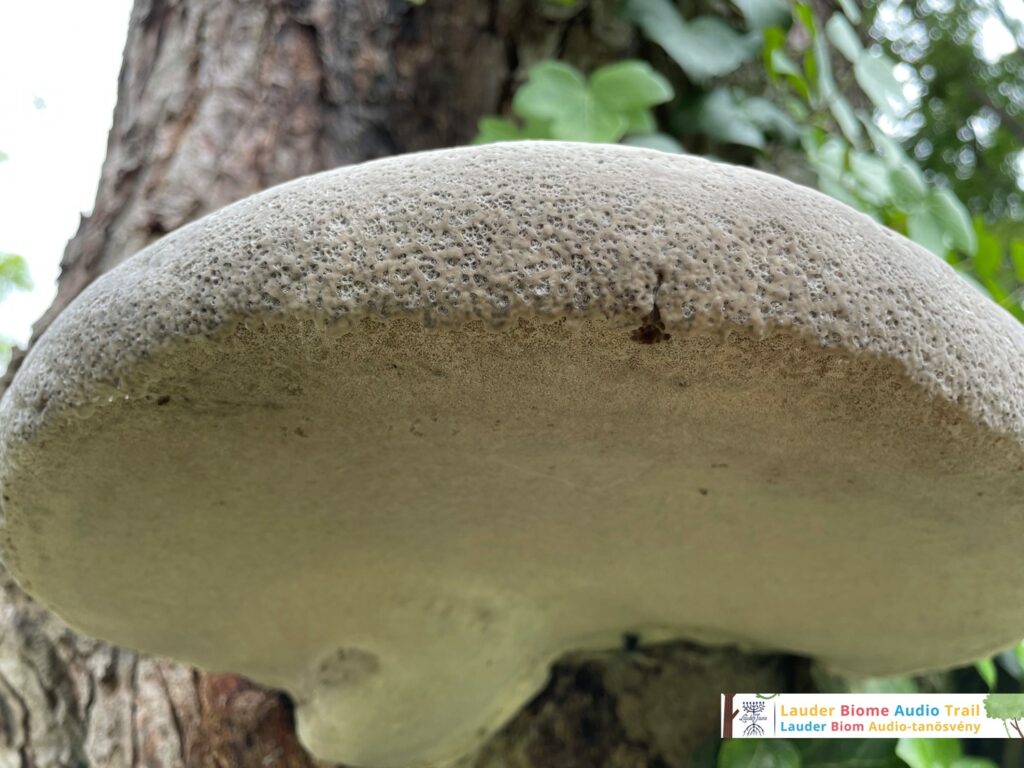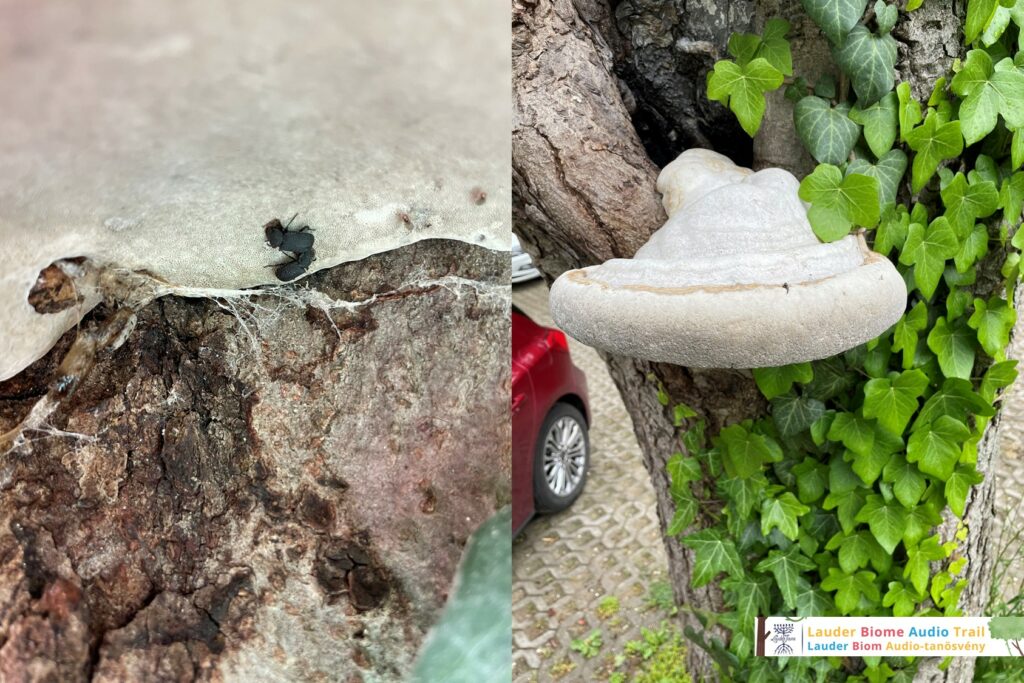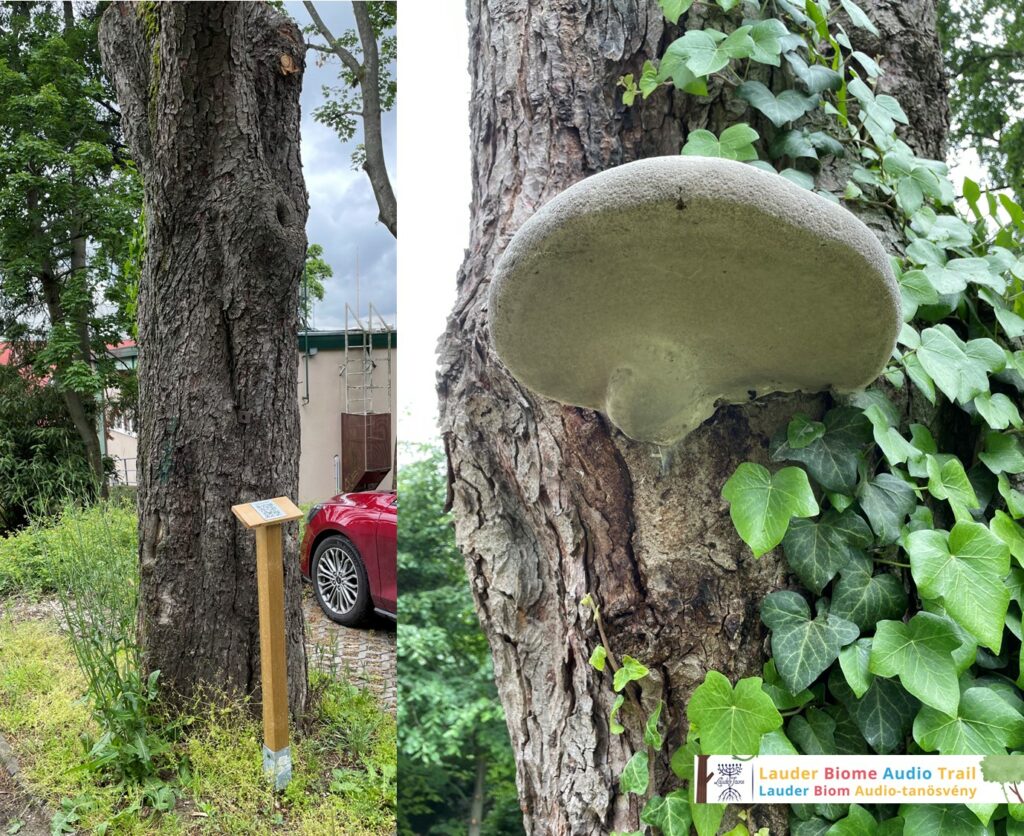
9. Hoof Fungus / Fomes Fomentarius
Fomes fomentarius is a species of fungal plant pathogen found in Europe, Asia, Africa and
North America. The species produces very large polypore fruit bodies which are shaped like a horse’s hoof and vary in colour from a silvery gray to almost black, though they are normally brown.
It can grow on the bark wound, or even directly onto the bark of older or dead trees. The mycelium penetrates the wood of trees through damaged bark or broken branches, causing rot in the host. Though initially parasitic, it continues to grow upon fallen trees. The fungi grows alone, but multiple bodies can sometimes be found upon the same host trunk. It most typically grows upon hardwoods. In northern areas, it is most common on birch, while, in the south, beech is more typical.
It’s not edible, but can be used to start a fire, or even to make clothing, mostly hats.
Back to the menu of the learning path

9. Tapló gomba / Fomes Fomentarius
A Fomes fomentarius a gombás növénykórokozók egyik fajtája, mely Európában, Ázsiában, Afrikában és Észak-Amerikában él.
A faj nagyon nagy polipórusos termőtesteket hoz, amelyek lópata alakúak, és színük az ezüstszürkétől a majdnem feketéig változik, bár általában barna.
A faj micéliuma a sérült kérgen vagy letört ágakon keresztül behatol a fák kérge alá, rothadást okozva a gazdaszervezetben.
Nőhet a kéreg sérülésén, de akár közvetlenül az idősebb vagy elhalt fák kérgére is. Bár kezdetben parazita, a kidőlt elhalt fákon is tovább nő. A gombák egyedül nőnek, de néha több terméstest is megtalálható ugyanazon a gazdatörzsön, mely jellemzően keményfa. Az északi területeken leggyakrabban a nyír, míg délen a bükk a jellemző.
Ez a gomba nem ehető, de tűzcsiholásra és ruházat, főként kalapok készítésére is használható.

